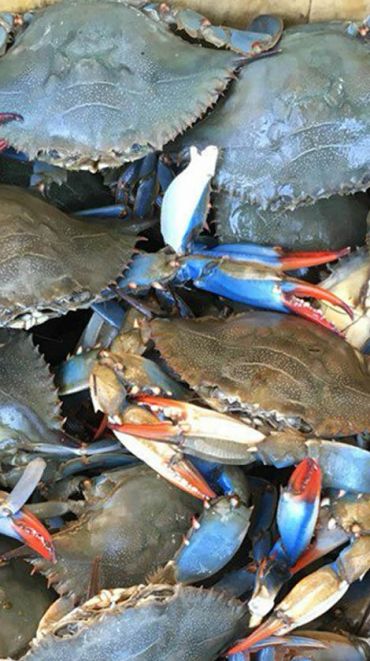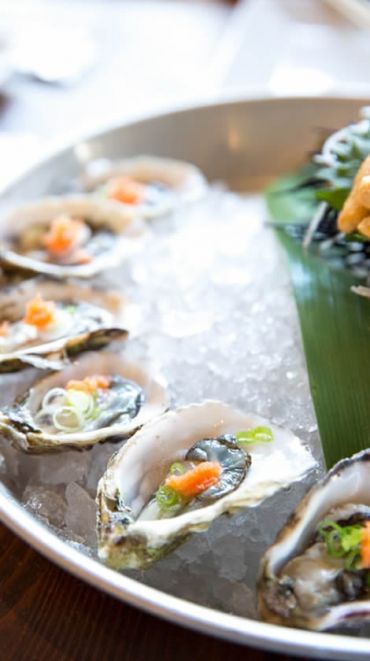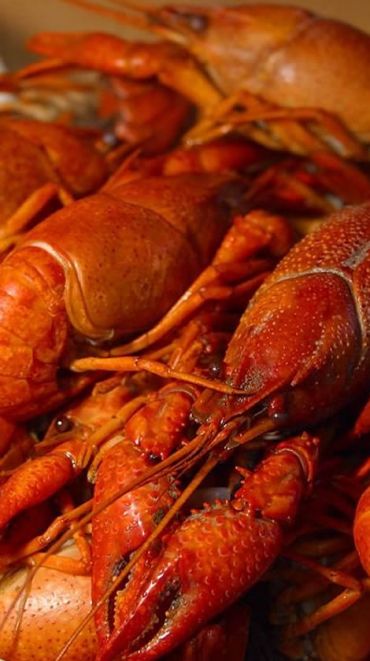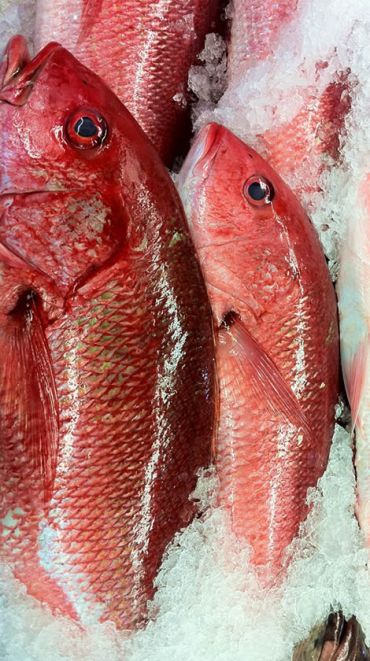Fresh, shell-on, headless shrimp is the main product that we carry and we have over 40 years experience in handling it!
ALL OF OUR SHRIMP ARE DOMESTIC WILD-CAUGHT (NOT FARMED RAISED)!
Usually our trucks will have 3 or 4 different sizes available and you can buy any amount you want. Flavorful and firm, Gulf shrimp can be fried, stuffed, baked, boiled with spices, stir-fried or grilled.
Generally you should use bigger sizes for frying or grilling, and smaller sizes for boiling or stir-frying. Roughly speaking, two pounds of raw headless, unpeeled shrimp, properly cooked, will yield one pound of cooked, peeled and deveined shrimp. Shrimp cooks in just 2-3 minutes at a rapid boil. When the meat turns opaque, it's done. Remember not to overcook the shrimp... it will toughen the meat. See the instructions below on cooking and freezing.
Our shrimp are sized and sold by the count which is the number of shrimp per pound. For example, a 16-20 count means there are 16 to 20 shrimp per pound. Counts for our shrimp range from 10-15 and 16-20 count (both jumbo shrimp) to 50-60 count (small shrimp).
Shrimp is the most popular and valuable seafood in the United States. This is not surprising because shrimp have a distinctive flavor, and the pink-white cooked meat is tender, delicate and delicious.
There are three main commercial species of shrimp in the Gulf of Mexico and South Atlantic waters, categorized their colors with slight variations in taste according to the species. "Green" shrimp is a term used to describe raw shrimp of any species, in the shell. Regardless of the color of the green shrimp, when cooked the shells of all species will turn red, the meat will become white with reddish tinges, and the flavor and nutritional values will be the same. Shrimp are an excellent source of high-quality protein and are low in fat.
WE SELL BOTH WHITE AND BROWN SHRIMP DEPENDING ON THE SEASON
 White shrimp (Penaeus setiferus) are concentrated south of the Carolinas; however, the bulk of the harvest comes from the Gulf of Mexico. Whites, the standard against which other shrimp species "domestic and imported" are often measured, are sweet and firm and account for around 35% of the domestic catch. White shrimp grow to 8 inches.
White shrimp (Penaeus setiferus) are concentrated south of the Carolinas; however, the bulk of the harvest comes from the Gulf of Mexico. Whites, the standard against which other shrimp species "domestic and imported" are often measured, are sweet and firm and account for around 35% of the domestic catch. White shrimp grow to 8 inches.
Brown shrimp (Penaeus aztecus) are concentrated off the Texas-Louisiana coast and are mostly caught in the summer months. Browns tend to be firmer than whites which makes them good for battering, and have a stronger, slightly iodine flavor. They typically account for around 55% of the domestic catch. Males reach 7 inches, while females grow to 9 inches. Shrimp are decapod crustaceans characterized by five pairs of legs, often with small pincers on the end. The first three pairs are used for walking. They have large, well-developed eyes, large swimmerets, and long antennae. Most shrimp spawn offshore in deep water from early spring through early fall. Young shrimp are carried by currents into coastal estuaries to mature. Shrimp are harvested with trawls which are cone-shaped nets towed along the bottom in waters near shore. Turtle excluder devices (TEDS) and by-catch reduction devices (BRDS) are used, as required by law, to minimize the capture of non-target marine turtles and fish.





